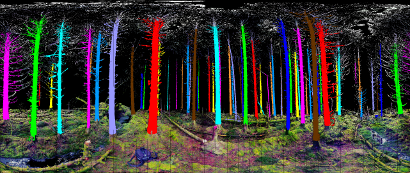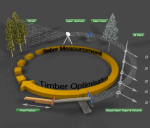ESA and European Investment Bank launch Space for Mediterranean Countries Initiative
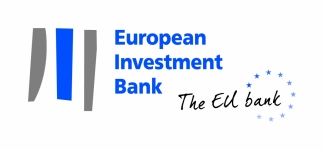 |
 |
ESA Director General Jean-Jacques Dordain and EIB Vice President Philippe de Fontaine Vive Curtaz today signed the Space for Mediterranean Countries Initiative agreement.
The two organisations will work together towards satellite-based services bridging the digital divide and aiming at bringing economic growth to the Mediterranean region.
The European Investment Bank (EIB) assists the economic and social development of partner countries in the South and East Mediterranean. It has invested .13 billion through its operations in this region since 2002, supported 2300 small- and medium-sized enterprises, which created 30 000 jobs, and mobilised about .35 billion of additional capital together with international financing institutions, bilateral agencies and the private sector in order to advance the development of the region.
The EIB has also granted more than 102 million for technical assistance operations to build knowledge and capacity.
In particular the current initiative received the support of the FEMIP (Facility for Euro-Mediterranean Investment and Partnership) Trust Fund, originally established in 2004, whose main objective is to support private sector development in the Mediterranean partner countries.
On ESA's side, the Integrated Applications Promotion (IAP) programme aims to provide new, sustainable services in close partnership with end users, through the development of applications that rely on a combination of existing space and terrestrial systems.
IAP has created a network of Ambassador Platforms who promote space applications to a broad range of user communities that are often not aware of the benefits that space technologies can bring to them.
For instance there are Ambassador Platforms for themes such as eHealth (with Norway), enhanced mobility (UK), renewable energy (Spain) and water management (Netherlands).
To support the Space for Med initiative, ESA and Luxinnovation, Luxembourg's National Agency for Innovation and Research, in coordination with EIB have created a new Ambassador Platform located in Luxembourg.
Under the direction of Dr Mathias Link, it will focus on awareness and promotion activities to show how space can improve key infrastructure in the Mediterranean regions, particularly for water management, energy and renewable energy, as well as transport and logistics.
The objective is to develop projects in partnership with user communities, thereby ensuring that the services proposed are operationally sustainable.
"I am convinced that an increased dialogue and coordination between ESA and EIB is of mutual interest to our organisations", said Mr Dordain.
"It will allow to expand the use of satellite based applications or the benefit of people and of the economy".
"We hope that this first step will lead to more and better projects for the Mediterranean region, to show Europe.s leadership in complex technologies and support for SMEs in this area", said Mr de Fontaine Vive Curtaz.
"EIB and ESA will work together for the greater good, including to improve the efficiency of major infrastructure investments, reduce pollution and work toward a safer Mediterranean sea. This is why I call on other countries to join this initiative".
About the European Space Agency
The European Space Agency (ESA) is Europe's gateway to space. ESA is an intergovernmental organisation, created in 1975, with the mission to shape the development of Europe's space capability and ensure that investment in space delivers benefits to the citizens of Europe and the world.
ESA develops the launchers, spacecraft and ground facilities needed to keep Europe at the forefront of global space activities. Today, it launches satellites for Earth observation, navigation, telecommunications and astronomy, sends probes to the far reaches of the Solar System and cooperates in the human exploration of space.
About the European Investment Bank
The European Investment Bank (EIB) is the long-term lending institution of the EU owned by its Member States. It makes long-term finance available for sound investment in order to contribute towards EU policy goals.
The EIB, through its facility for partnership with Mediterranean countries, FEMIP, has undertaken since 2002 to support in very tangible terms its partners economic and social development, in order to improve the living conditions of their citizens an undertaking that has constantly been reaffirmed over the years, resulting in an overall investment of more than 13 billion. This resulted in support for projects in the key sectors of industry, energy, transport and water, to which EIB added value through its advice and technical and financial expertise, allied to the stepping-up of its bilateral and multilateral cooperation.
For further information, please contact:
ESA Media Relations Office
Communication Department
Tel: +33 1 53 69 72 99
Fax: +33 1 53 69 76 90
Email: media@esa.int
EIB Press Office
Tel: +352 43 79 21000
Fax: +352 43 79 61000
Email: press@eib.org


 The
The  The
The 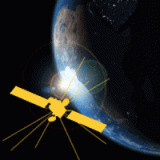 A one-shop-stop solution for affordable access to satellite services is one step closer to the marketplace, thanks to a little ingenuity from industry and ESA.s
A one-shop-stop solution for affordable access to satellite services is one step closer to the marketplace, thanks to a little ingenuity from industry and ESA.s  The Integrated Applications Promotion programme (IAP) in the Directorate of Telecommunications and Integrated Applications is now re-advertising a vacancy for an Internal Research Fellowship with a starting date in Autumn 2012. The Research Fellowship will be based at Harwell in the UK. The focus of the fellowship is on applications development; as such it is relevant for applicants from a wide range of academic backgrounds, which may include economics, business studies, commerce, geography, ITC, or a specific industry sector with a potential need for space-based services. Expertise in space science and technology, whilst preferred, is not a pre-requisite.
The Integrated Applications Promotion programme (IAP) in the Directorate of Telecommunications and Integrated Applications is now re-advertising a vacancy for an Internal Research Fellowship with a starting date in Autumn 2012. The Research Fellowship will be based at Harwell in the UK. The focus of the fellowship is on applications development; as such it is relevant for applicants from a wide range of academic backgrounds, which may include economics, business studies, commerce, geography, ITC, or a specific industry sector with a potential need for space-based services. Expertise in space science and technology, whilst preferred, is not a pre-requisite.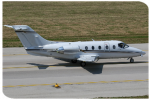 Details on the Demonstration of
Details on the Demonstration of 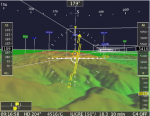 Small and mid-sized airports face many challenges. Airport traffic is unevenly distributed over the day; general aviation traffic directed to minor airports cannot usually rely on the availability of flight information services, and in many cases general aviation aircraft flying inside non controlled airspaces cannot rely on air traffic controllers ensuring separation against other aircraft.
Small and mid-sized airports face many challenges. Airport traffic is unevenly distributed over the day; general aviation traffic directed to minor airports cannot usually rely on the availability of flight information services, and in many cases general aviation aircraft flying inside non controlled airspaces cannot rely on air traffic controllers ensuring separation against other aircraft.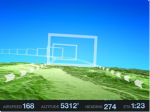 Another issue faced by small airports is the production Aerodrome Obstacle Charts. This must be done periodically to ensure the required level of safety ANSPs (Air Navigation Service Providers). Currently this is done by the use of expensive aero photogrammetric techniques and on-site surveys by traditional topographic techniques.
Another issue faced by small airports is the production Aerodrome Obstacle Charts. This must be done periodically to ensure the required level of safety ANSPs (Air Navigation Service Providers). Currently this is done by the use of expensive aero photogrammetric techniques and on-site surveys by traditional topographic techniques.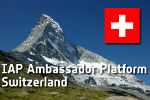 Together with the Swiss Space Office, the European Space Agencyâs Integrated Applications Promotion (IAP) programme wishes to announce a vacancy for a Swiss ESA IAP Ambassador Platform manager. This manager will be responsible for the Swiss IAP Ambassador Platform (AP), and will start their duties on 1st October 2012.
Together with the Swiss Space Office, the European Space Agencyâs Integrated Applications Promotion (IAP) programme wishes to announce a vacancy for a Swiss ESA IAP Ambassador Platform manager. This manager will be responsible for the Swiss IAP Ambassador Platform (AP), and will start their duties on 1st October 2012.

